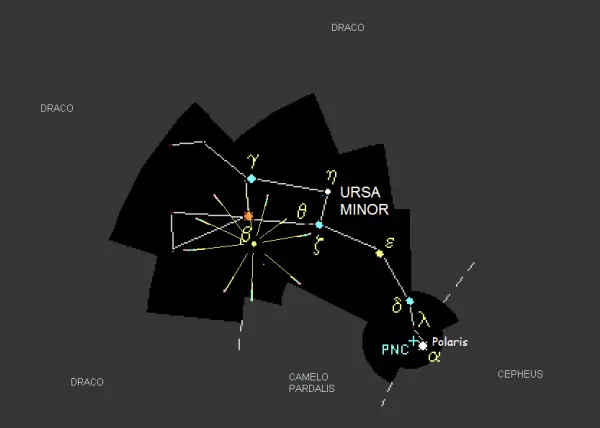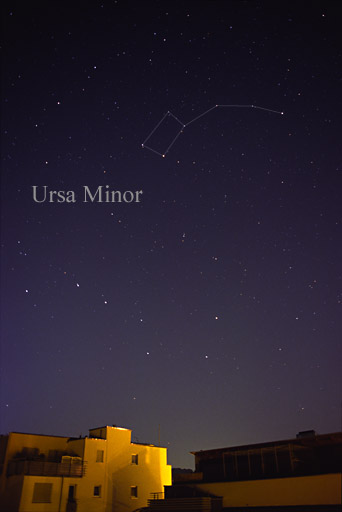The Ursids, or Ursid meteor shower, are an annual meteor shower that coincides with the winter solstice. The Ursids occur from December 17 to 25 and peak just before Christmas, around December 22, with a zenithal hourly rate of 10 meteors per hour. The meteor shower was named for its radiant point, or apparent point of origin, which lies in the direction of the bright star Kochab in Ursa Minor.
Over the years, observers have seen up to 100 Ursid meteors per hour, but only in short bursts. Typically, five to 10 meteors can be seen during the peak.
Ursids move at an approximate speed of 30 kilometres (19 miles) per hour, which makes them medium-slow compared to other meteors. The meteor shower was discovered by the British amateur astronomer William F. Denning in the early 20th century.
In the 1970s, astronomers established a relationship between the Ursids and the comet 8P/Tuttle (Comet Tuttle), a periodic comet with an orbital period of 13.6 years. 8P/Tuttle was discovered by the American astronomer Horace Parnell Tuttle on January 5, 1858. It should not be confused with Comet Swift-Tuttle (109P/Swift-Tuttle), the parent body of the Perseid meteor shower.
In the 1970s, astronomers established a relationship between the Ursids and the comet 8P/Tuttle (Comet Tuttle), a periodic comet with an orbital period of 13.6 years. 8P/Tuttle was discovered by the American astronomer Horace Parnell Tuttle on January 5, 1858. It should not be confused with Comet Swift-Tuttle (109P/Swift-Tuttle), the parent body of the Perseid meteor shower.

Ursids, image: Guritxu at wikipedia.org
The Ursids can be seen anywhere in the sky, but observers in the northern hemisphere tend to see more meteors because the radiant lies near the north celestial pole in Ursa Minor constellation, which stays above the horizon throughout the night for northern observers.
The greatest number of Ursid meteors can be seen between midnight and dawn, and the best time to observe them is during the last hour before dawn. The Little Dipper reaches its highest point in the sky just before sunrise.
This year, the peak coincides with a new Moon, which will give observers a dark sky and create ideal viewing conditions if the weather is clear.
Facts
Kochab, or Beta Ursae Minoris, is one of the stars that form the Little Dipper asterism. It is the brightest star in the Dipper’s bowl and only slightly fainter than Polaris, which marks the tip of the Dipper’s handle.
Kochab and the neighbouring Pherkad, Gamma Ursae Minoris, are known as the Guardians of the Pole because they appear to circle around Polaris as the Earth rotates.
The Ursid meteor shower last produced brief outbursts of meteors in 1945 and 1986, when Earth passed through a dense trail of debris left behind by 8P/Tuttle. Observers counted dozens of meteors per hour on both occasions.
The Ursids are sometimes called the Umid meteor shower to make it clear that they appear to come from Ursa Minor and not Ursa Major. UMi is the three-letter abbreviation for Ursa Minor, while UMa is used for its larger neighbour Ursa Major.
Ursid meteor shower
Parent body: 8P/Tuttle
Radiant: Ursa Minor
Dates: December 17 to 25
Peak: December 22
Zenithal hourly rate: 10 meteors per hour
Velocity: 33 km/s
